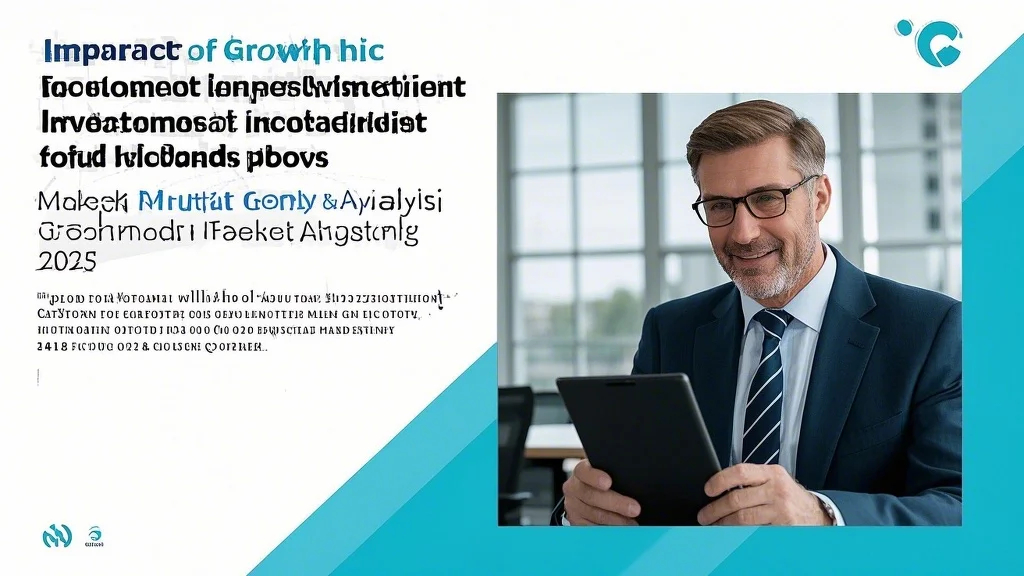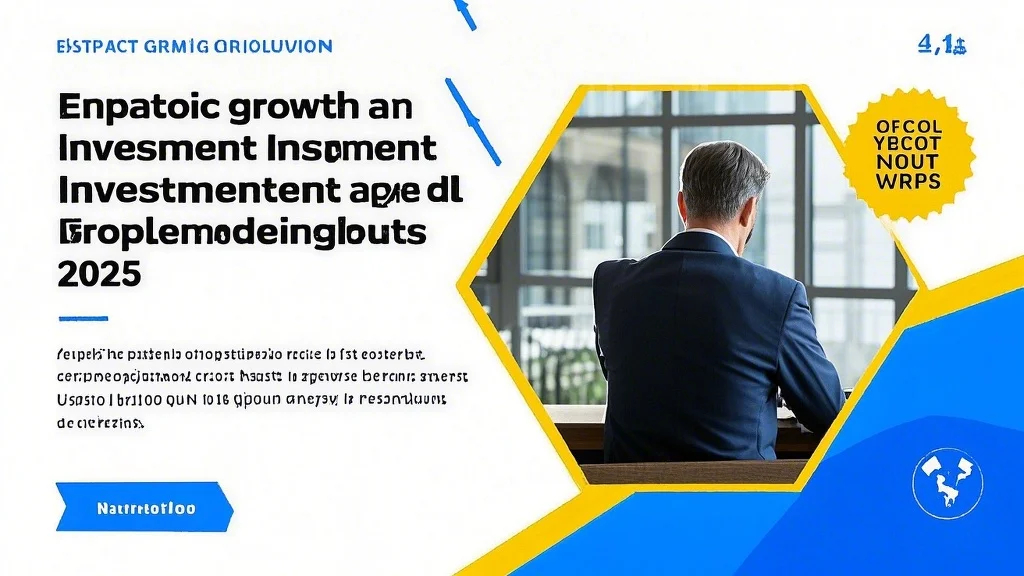Deciphering the Economic Growth Analysis Landscape for 2025
The current economic growth analysis reveals a global economy at a crossroads, where traditional indicators tell conflicting stories about our financial future. As we examine the data for 2025, we’re seeing developed markets grapple with the twin challenges of persistent inflation and slowing productivity gains, while emerging economies showcase surprising resilience through domestic demand growth. What makes this year particularly fascinating is how regional divergences are creating pockets of opportunity that defy broad-brush assessments. The United States continues demonstrating remarkable economic flexibility, with its technology sector driving innovation while traditional industries benefit from reshoring trends. Meanwhile, parts of Asia are experiencing a manufacturing renaissance, and select European nations are leading the green energy transition. For investors, this complex picture demands moving beyond headline GDP numbers to understand the quality and sustainability of growth across different markets.
What stands out in the most insightful economic growth analysis is the recognition that traditional sector classifications are becoming less meaningful. The lines between technology and industrial companies, or between consumer discretionary and staples firms, are blurring as digital transformation reshapes entire industries. This evolution requires analysts to develop new frameworks that capture how technological adoption, demographic shifts, and sustainability imperatives are creating hybrid growth models. The companies best positioned for 2025 aren’t pure plays in any traditional category but those successfully bridging old and new economies – industrial firms leveraging AI, retailers blending physical and digital experiences, and energy companies transitioning toward renewables while maintaining fossil fuel cash flows. Understanding these nuanced growth drivers is essential for identifying the most promising investment opportunities in today’s complex economic environment.
Navigating the Most consequential Market Trends of Our Time
The market trends shaping 2025 reflect profound structural changes in how businesses operate and consumers behave. One of the most powerful undercurrents is the productivity revolution driven by artificial intelligence applications across sectors. Unlike previous technological waves that primarily benefited tech companies, this one is lifting firms that effectively implement AI solutions in manufacturing, healthcare, professional services, and even agriculture. Another transformative trend is the energy transition’s second act – moving beyond simple renewable energy adoption to focus on grid modernization, energy storage solutions, and efficiency technologies. These trends aren’t occurring in isolation but are interacting in ways that create unexpected opportunities, such as data center operators partnering with clean energy providers to meet exploding AI-related power demands.
What makes current market trends particularly challenging to interpret is their varying adoption rates across regions and industries. The uneven pace of technological implementation, regulatory approval, and consumer acceptance creates complex investment landscapes where early leaders don’t always become long-term winners. Successful investors are developing frameworks to assess not just which trends have momentum but which companies have sustainable competitive advantages in capitalizing on them. This involves analyzing management quality, balance sheet strength, and intellectual property portfolios alongside more traditional valuation metrics. The most attractive opportunities often lie where powerful trends intersect with strong execution capabilities – situations where companies can ride demographic, technological, and regulatory tailwinds while maintaining operational excellence.
Identifying Prime Investment Opportunities 2025
The most compelling investment opportunities 2025 share several key characteristics: reasonable valuations relative to growth prospects, resilient business models that can weather economic uncertainty, and exposure to long-term structural trends rather than cyclical boosts. This year, we’re seeing particular promise in companies facilitating the global infrastructure rebuild – firms providing materials, engineering solutions, and financing for projects ranging from semiconductor factories to renewable energy installations. Another rich vein of opportunity exists in healthcare innovation, where aging populations and technological breakthroughs are converging to create massive demand for everything from weight-loss drugs to robotic surgery systems. These sectors offer growth potential that isn’t solely dependent on macroeconomic conditions remaining favorable.
What separates exceptional investment opportunities 2025 from merely good ones is their ability to compound value over time through multiple economic cycles. The most attractive companies demonstrate what veteran investors call “capital compounder” characteristics – strong returns on invested capital, disciplined reinvestment policies, and shareholder-friendly capital allocation decisions. These qualities become particularly valuable in uncertain economic environments where growth is uneven and capital costs remain elevated. Investors should pay special attention to companies with “optionality” – those positioned to benefit from multiple potential future scenarios rather than dependent on any single outcome. This might involve manufacturers with both traditional and green energy exposure, or technology firms serving both enterprise and consumer markets across different geographies.

Gaining an Edge Through Global Market Insights
Sophisticated global market insights have become essential for navigating today’s interconnected yet fragmented financial landscape. The most valuable analyses now go beyond traditional economic indicators to incorporate alternative data sources like shipping traffic patterns, energy consumption trends, and cross-border payment flows. These unconventional metrics often provide earlier and more accurate signals about economic turning points than conventional reports. In 2025, we’re seeing particularly insightful work that connects dots across regions – how Asian semiconductor exports affect European auto production, or how Latin American agricultural output influences global food inflation. This systems-thinking approach helps investors anticipate second- and third-order effects that simple country-by-country analysis might miss.
Another crucial dimension of contemporary global market insights is understanding how geopolitical realignments are reshaping trade and investment flows. The reorganization of supply chains, the emergence of new currency blocs, and the evolution of international payment systems all have profound implications for where and how to invest. Forward-looking analysts are mapping these shifts to identify which countries and companies stand to benefit from changing patterns of global commerce. This might involve identifying manufacturing hubs emerging as alternatives to China, or financial centers positioned to intermediate growing south-south trade. The investors best positioned to capitalize on these trends are those who combine macroeconomic awareness with on-the-ground knowledge about local business conditions and regulatory environments.
Balancing Optimism and Realism in Stock Market Predictions
Formulating reliable stock market predictions in 2025 requires acknowledging both the potential for technological progress to drive growth and the constraints posed by demographic shifts and debt burdens. The most thoughtful forecasts articulate clear scenarios based on how key variables might interact – interest rate paths, productivity growth rates, geopolitical developments, and technological breakthroughs. Rather than presenting single-point predictions, they outline ranges of plausible outcomes and identify the indicators that would suggest which path the economy is following. This probabilistic approach better serves investors than overly precise forecasts that inevitably miss the mark in our complex, interconnected world.
What makes current stock market predictions particularly challenging is the breakdown of several long-standing market relationships. The traditional correlation between bond yields and stock valuations, for instance, has become unreliable in an era of quantitative easing hangover and fiscal dominance. Similarly, the relationship between GDP growth and corporate earnings has weakened as companies become more global and technology-driven. Successful investors are responding by developing more nuanced frameworks that account for these structural changes while maintaining disciplined valuation approaches. The most valuable predictions focus less on short-term index levels and more on identifying quality companies that can compound value across various economic scenarios – businesses with pricing power, flexible cost structures, and durable competitive advantages.
Synthesizing the Economic Growth-Investment Nexus
When we combine thorough economic growth analysis with awareness of key market trends, identification of prime investment opportunities 2025, sophisticated global market insights, and balanced stock market predictions, a coherent investment approach emerges. The most successful strategies will likely be those that maintain core holdings in high-quality compounders while preserving flexibility to capitalize on market dislocations. They’ll balance growth and value considerations, recognizing that today’s economic environment rewards companies that can deliver both innovation and profitability. Perhaps most importantly, they’ll maintain global perspectives while being selective about specific country and company exposures.
The investors positioned to thrive in 2025 and beyond are those who recognize that economic growth alone doesn’t guarantee investment success – the critical factors are the quality of that growth and the valuations placed on it. They’ll focus on companies transforming economic growth into shareholder value through disciplined capital allocation, strong corporate governance, and sustainable competitive advantages. In an era of rapid change and elevated uncertainty, this quality-focused, valuation-sensitive approach may offer the best path to achieving durable investment results while managing downside risks.
